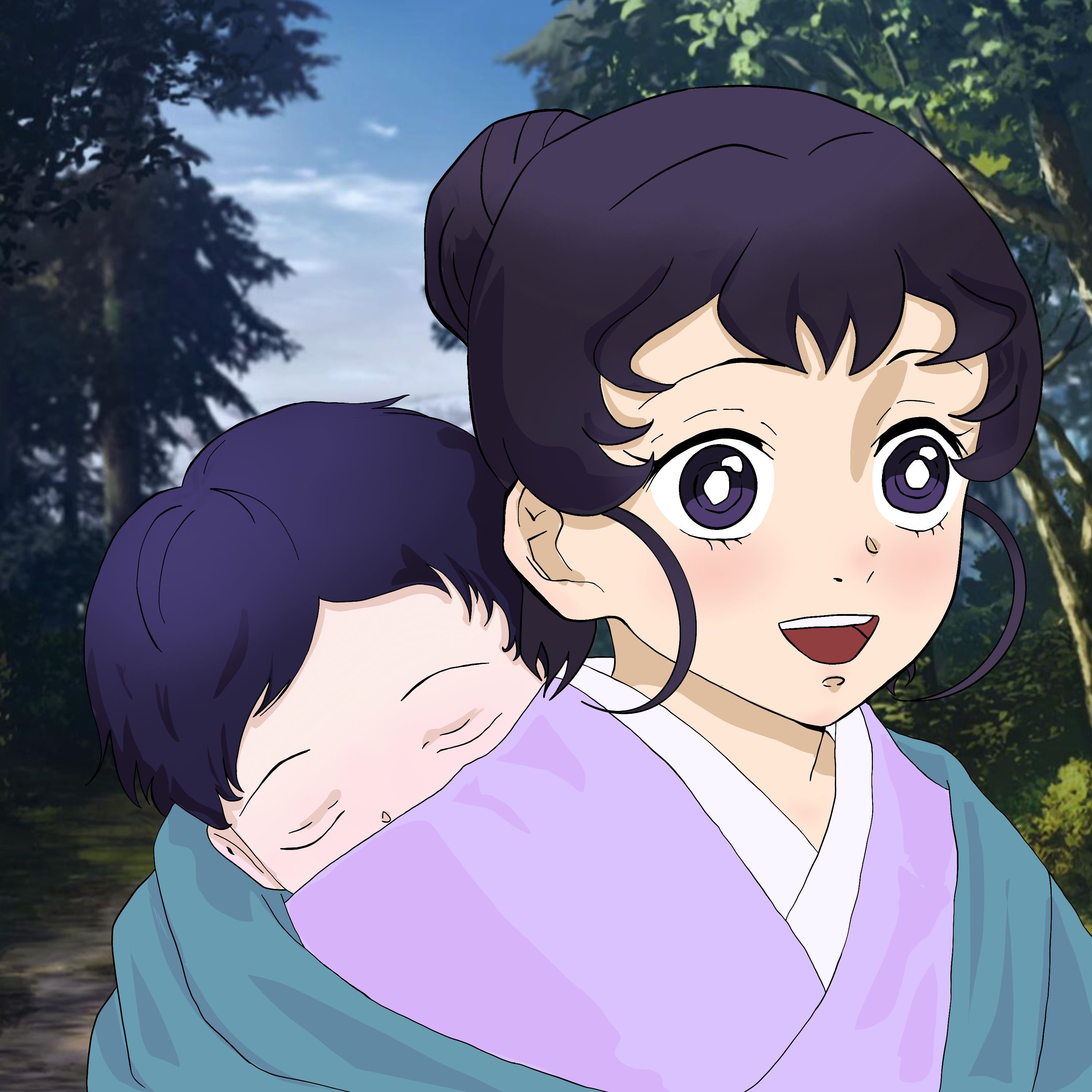Appendicular System
Cards (55)
- What is the primary function of the appendicular skeleton?
- What are the components of the appendicular skeleton?
- How does the appendicular skeleton contribute to movement?
- What bones make up the pectoral girdle?
- What is the role of the pectoral girdle?
- What is the only articular surface of the pectoral girdle with the axial skeleton?
- How does the scapula articulate with the clavicle?
- What is the significance of the scapula's articulation with the humerus?
- What shape is the clavicle?
- Where is the medial end of the clavicle located?
- What is the conoid tubercle on the clavicle?
- Why is the mid region of the clavicle significant?
- What is the shape and location of the scapula?
- What is the spine of the scapula?
- What is the acromion of the scapula?
- What is the glenoid cavity?
- What passes over the suprascapular notch?
- What is the function of the coracoid process on the scapula?
- What are the two fossae on the posterior surface of the scapula?
- What is the subscapular fossa?
- How many bones are in the upper extremity and what are their regions?
- What is the longest and largest bone of the upper limb?
- How does the humerus articulate with the scapula?
- What is the anatomical neck of the humerus?
- What are the greater and lesser tubercles on the humerus?
- What is the surgical neck of the humerus?
- What is the deltoid tuberosity on the humerus?
- What does the radial groove on the humerus contain?
- What is the capitulum on the humerus?
- What is the radial fossa on the humerus?
- What is the trochlea on the humerus?
- What is the coronoid fossa on the humerus?
- What is the olecranon fossa on the humerus?
- Where do most tendons of forearm muscles attach on the humerus?
- What runs posterior to the medial epicondyle of the humerus?
- What is the ulna?
- What is the olecranon on the ulna?
- What is the coronoid process on the ulna?
- What is the trochlear notch on the ulna?
- What is the radial notch on the ulna?
